Memoir on the Journey to North Macedonia and Kosovo
Laura Ďorďová
At the end of March 2023, the Strategic Analysis Think Tank offered me a unique opportunity to go on a road trip with its staff and another intern to Skopje and Pristina. After hearing this offer, I did not hesitate for a second. With this blog post, I want to bring to the audience of Strategic Analysis a glimpse of the capital cities of Northern Macedonia and Kosovo from the perspective of a Slovak living in the Czech Republic. This article aims to showcase the atmosphere of the Balkans to the new as well as regular readers of articles from the Strategic Analysis and to highlight the characteristics of the candidate countries for the European Union.
With the Strategic Analysis crew we travelled by car for about ten hours. We were told to turn off our roaming and mobile data at the Hungarian-Serbian border just to be safe. After reading the telecommunication service provider’s introductory text message, we understood the background of the advice – the roaming in non-EU countries costs up to 9 Euros for 1MB of data and 2,50 Euros for a minute of a phone call. Thus began the journey of connecting to free wireless connections in restaurants.
In the process, we managed to ride through Serbia from north to south. At their first stop at a gas station, we were surrounded by a now-forgotten smell – cigarette smoke. Smoking is allowed indoors throughout the Balkans. The first culture shock was checked off, utterly oblivious to the air quality in the smoky interiors. Smoking is permitted in gas stations, restaurants, and even hotel rooms in the Balkans.
„After reading the telecommunication service provider’s introductory text message, we understood the background of the advice – the roaming in non-EU countries costs up to 9 Euros for 1MB of data and 2,50 Euros for a minute of a phone call. Thus began the journey of connecting to free wireless connections in restaurants.“
NORTH MACEDONIA
We started our road trip with a tour of the city centre. The centre of Skopje is divided by the Vardar River into a newer part – the Christian part and the historical Muslim part.
The buildings in the capital of Northern Macedonia were majestic. They were reminiscent of ancient Greece, the tall white pillars of Asterix and Obelix. The museum, the theatre, and even the Ministry of Foreign Affairs found the most beautiful location in the country.
Soon after arriving in Skopje, together with the Strategic Analysis crew, we tried the local cuisine. The restaurant had a friendly staff of Albanian origin. The gentleman eventually revealed that he had worked in Slovakia for a couple of years, and we ordered in our native language. Pleskavica, Ajvar and Shopska salad landed on our table. There was no shortage of bread loaves, typical of Balkan countries.
One would hardly believe that public transport in Skopje is red double-decker buses, these are, however, made in China, not the UK.
There are so many statues in the capital of North Macedonia; you would not want to count them. On only one bridge over the river alone, there were 29 of them.
The Macedonians are very proud of their nation. Flags are flying at every corner. Big, small, and digital, there are flags everywhere. No wonder their flag is gorgeous and represents the shining Sun.
Hills surround the capital. On the nearest hill, Vodno, there stands a huge cross. This cross measures 66 meters and is one of the tallest Christian crosses in the world. It is unmissable even at night because this cross is lit up.
Greece and North Macedonia have had a complicated relationship due to a long-standing dispute over the use of the name „Macedonia.“ Greece argued that the use of the name implied a territorial claim over the Greek region of the same name and an appropriation of Greek culture and history. This dispute was resolved in June 2018 when North Macedonia agreed to change its name from the „Former Yugoslav Republic of Macedonia“ to the „Republic of North Macedonia.“
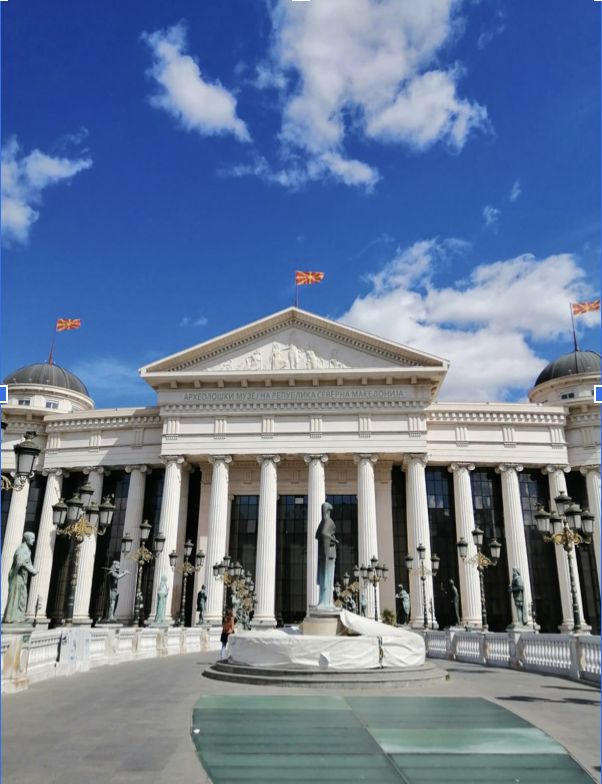
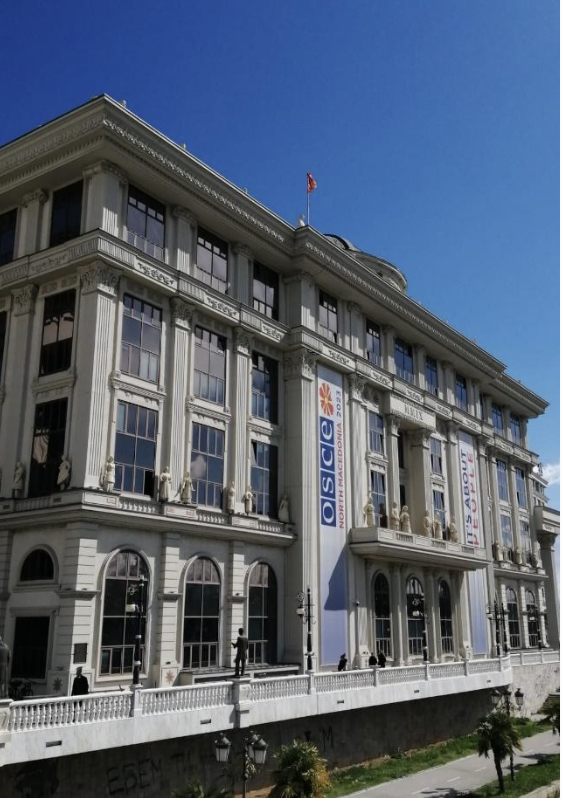
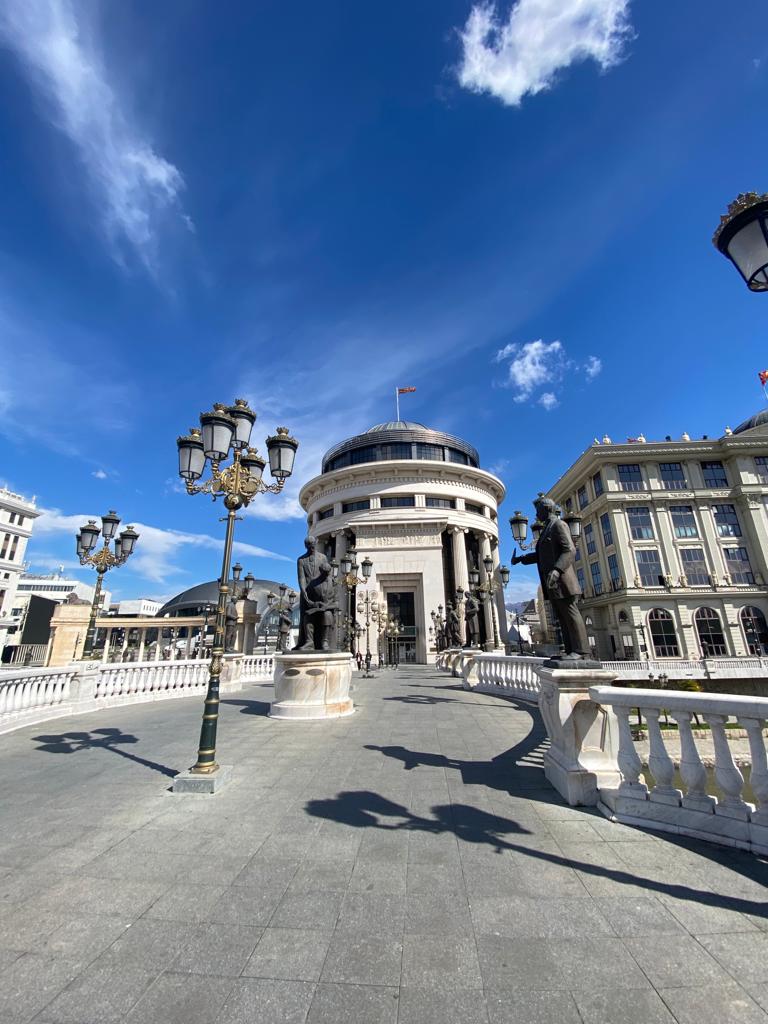
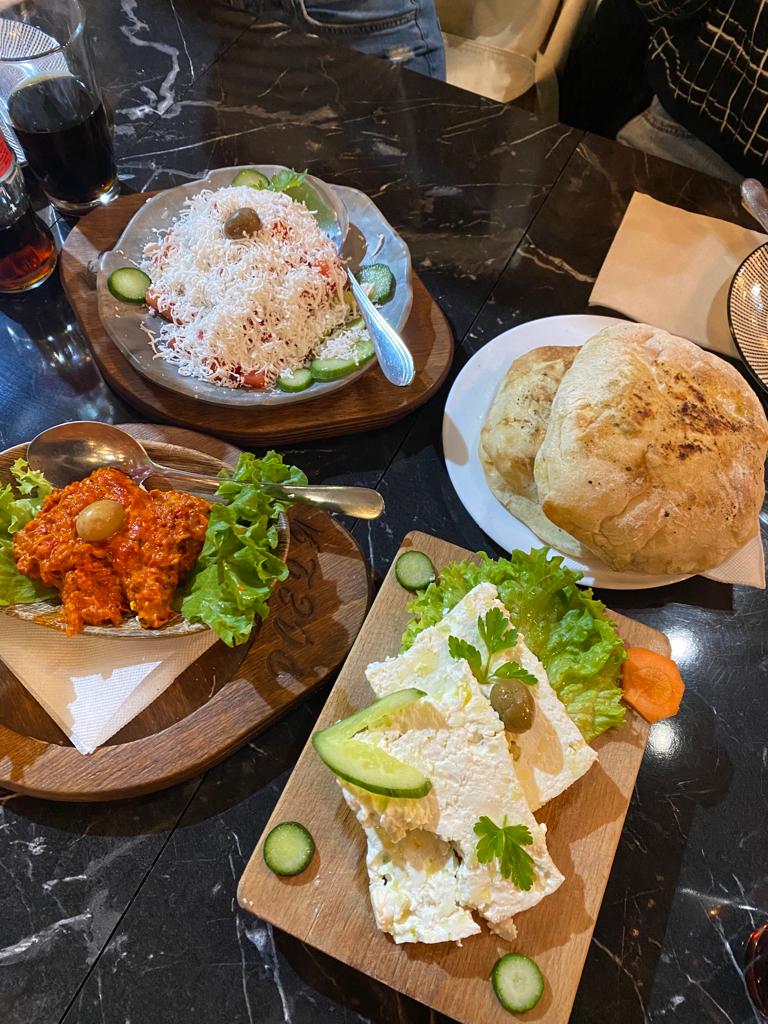
KOSOVO
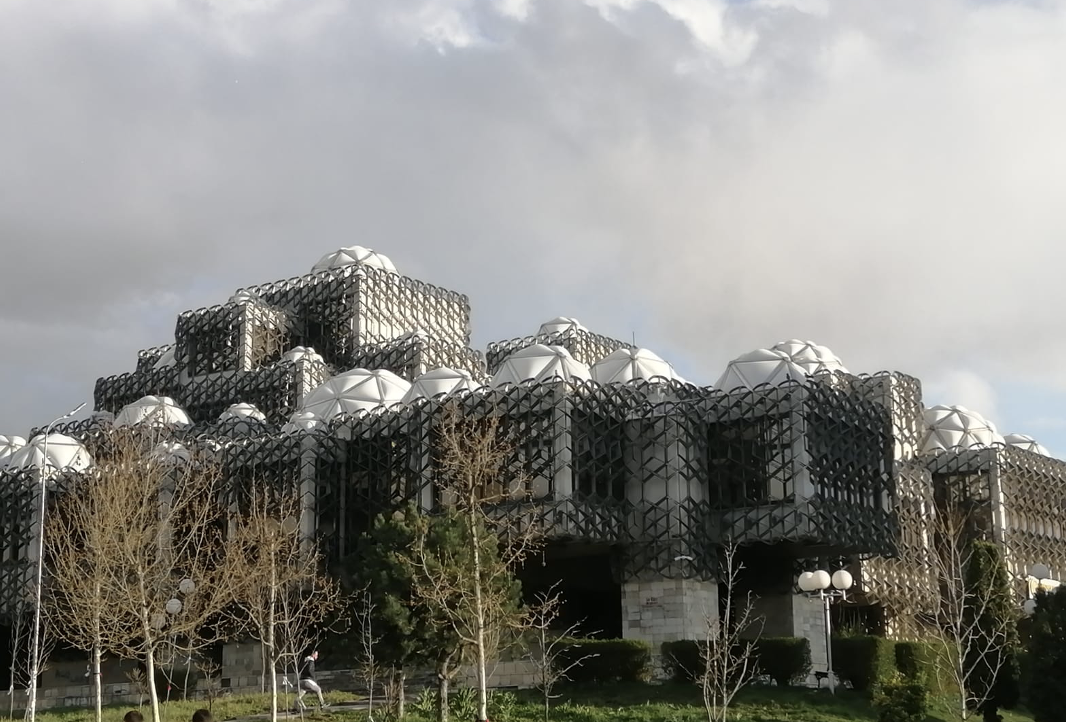
About half an hour after leaving Skopje, we found ourselves at the border with Kosovo. Highways, highways and motorways! This was what entering the breakaway part of Serbia looked like, accompanied by pleasant mountainous countryside.
We rolled into Pristina. From the view from the car, we figured we were in a bustling big city. Tall modern buildings, traffic jams and honking cars accompanied our arrival in Pristina.
One can notice the renovation and construction of buildings in whichever part of the city. Construction is one of the priorities of the capital of Kosovo nowadays.
Western-oriented attitudes were visible in several ways. The most visible were the flags – massive EU, and US flags were hung everywhere. Monuments such as the scaled-down Statue of Liberty, statues of US presidents, or naming streets after US presidents.
Remember what was said about expensive roaming in the Balkans? Whenever we wth the Strategic Analysys crew came to a coffee shop, we connected to their WiFi but always had to ask for a password. The security could have been more secure after all. Next time we do not need to ask; we just need to try 123456789 or Kosovo123.
According to the 2015 census, more than 95% of the country’s population professes the Islamic faith. Lots of beautiful mosques characterize the capital city Prishtina.
If one is looking for a historical centre in the capital of Kosovo, one will not find it. The city centre is one long pedestrian zone around which residential apartments are built. It is recommended to visit the breathtaking mosques or the museum for the touch of history.
For a European, transport in Kosovo is one big chaos. The roads are constantly honking. Cars swerve across the three-lane road. Moreover, if a pedestrian is left standing on a zebra, s/he will probably not be able to cross to the other side.
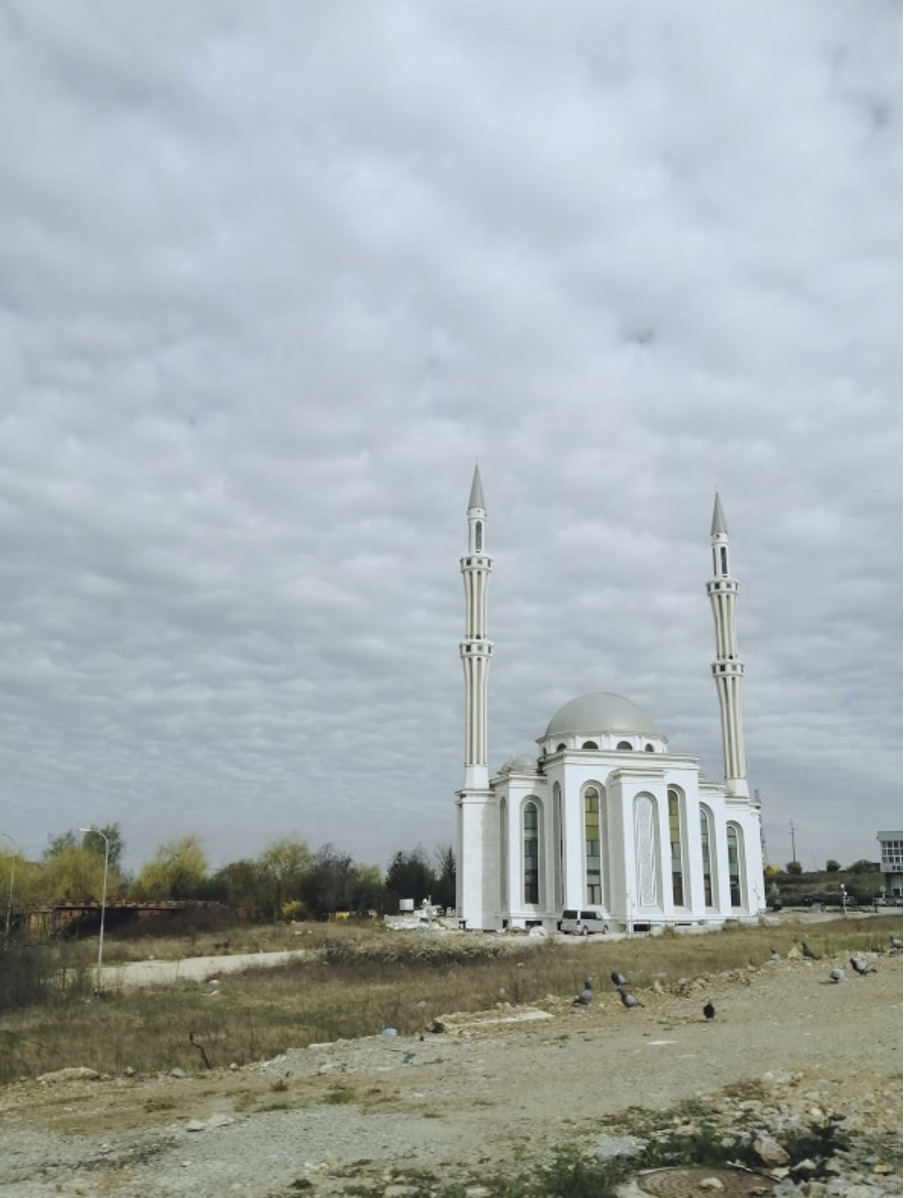
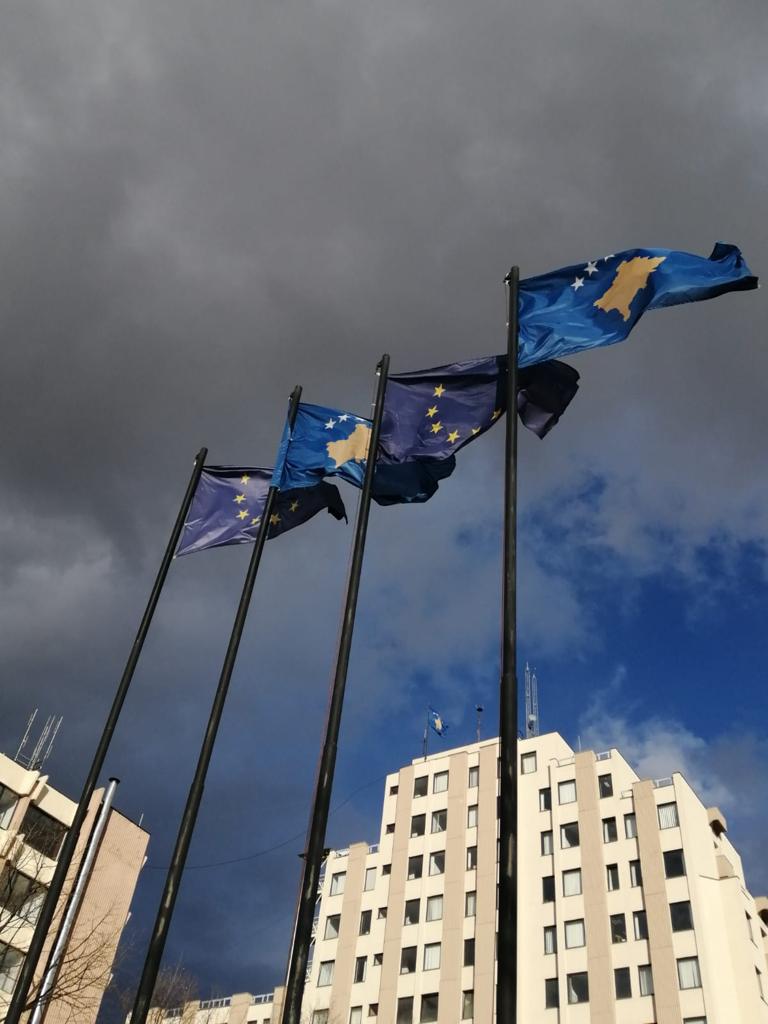
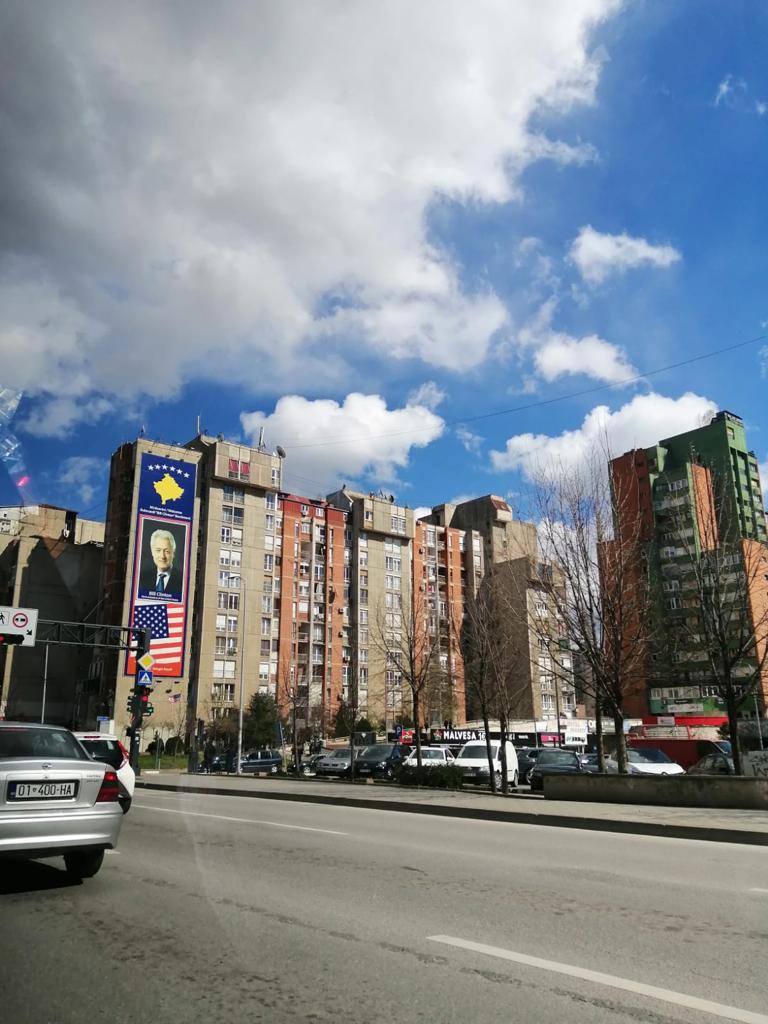
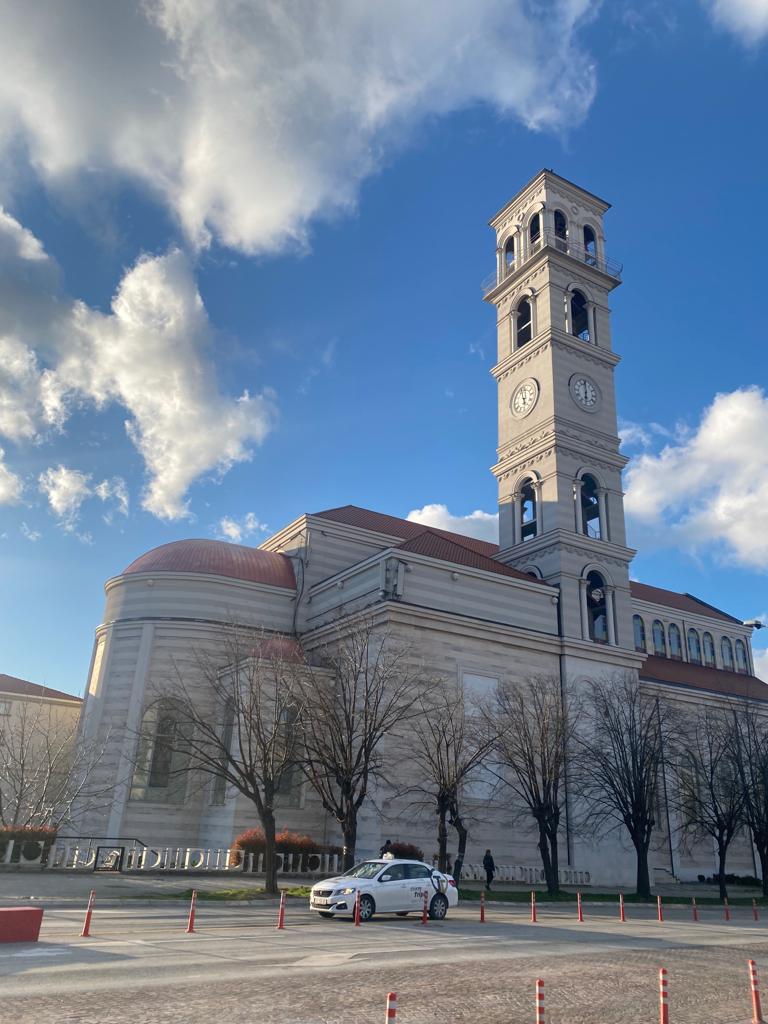
The journey with Strategic Analysis included unique observations of cultural differences in the capital cities of North Macedonia and Kosovo. Overall, this blog post highlighted the visual side of the capital cities of two candidate countries to the European Union, outlined the atmosphere of the Balkans to the readers of Strategic Analysis and pointed to the region’s uniqueness. Sincere thanks to the management of Strategic Analysis for allowing us interns to travel and get to know the Western Balkans even better.
Laura Ďorďová is a student of International and Diplomatic Studies, at the Prague University of Economics and Business. She is an Intern within the Strategic Analysis Young Leaders Programme.
Disclaimer: The authors of the photos in this article are Petra Bošková and Laura Ďorďová

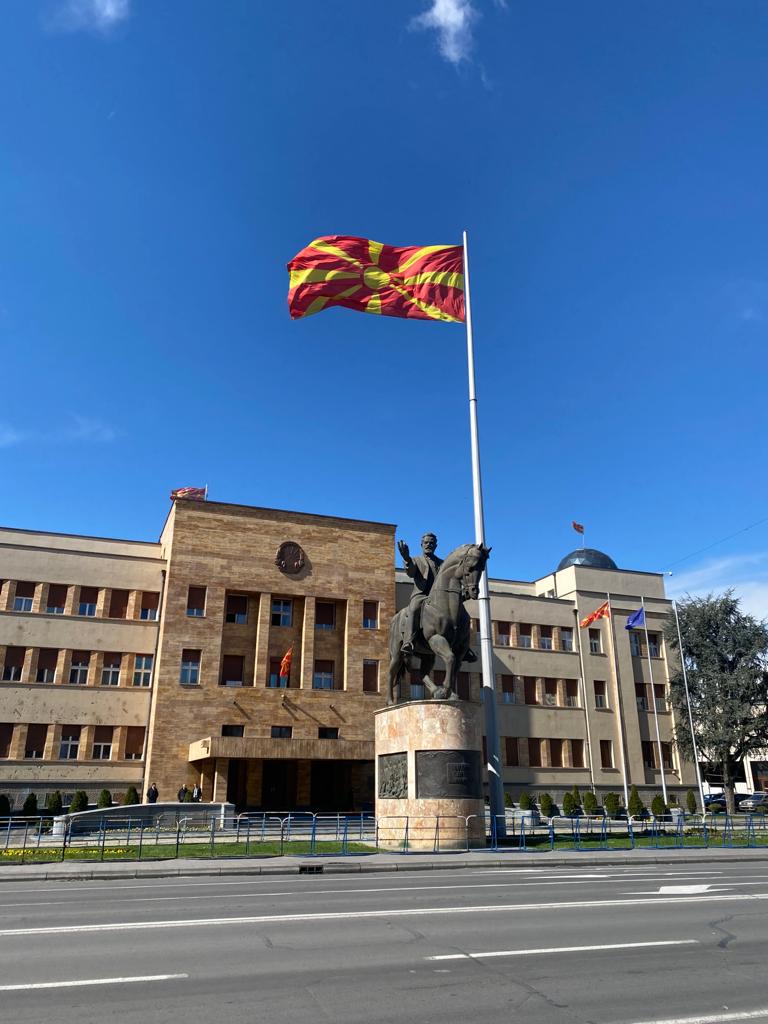
Contact us